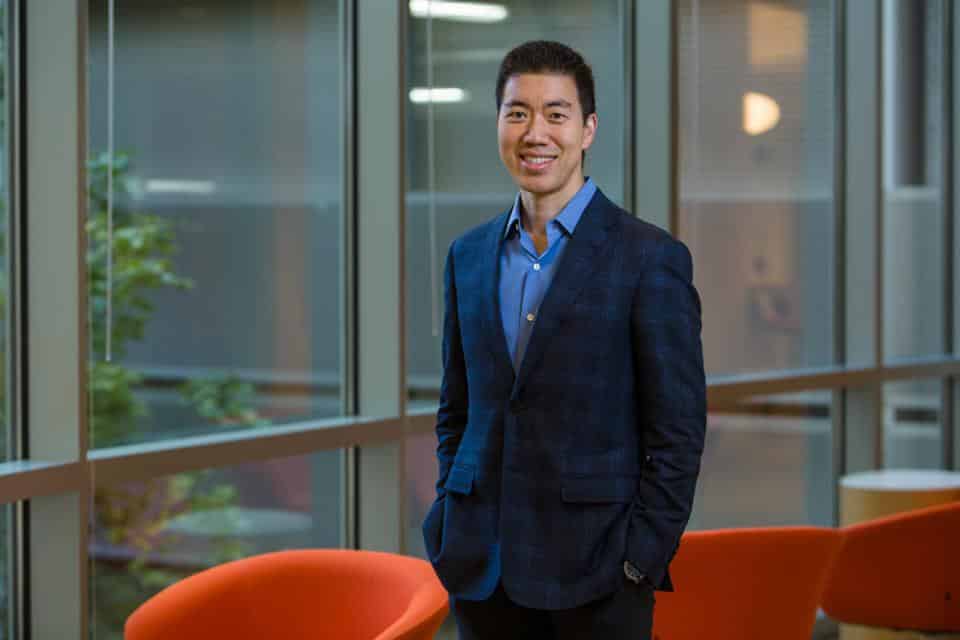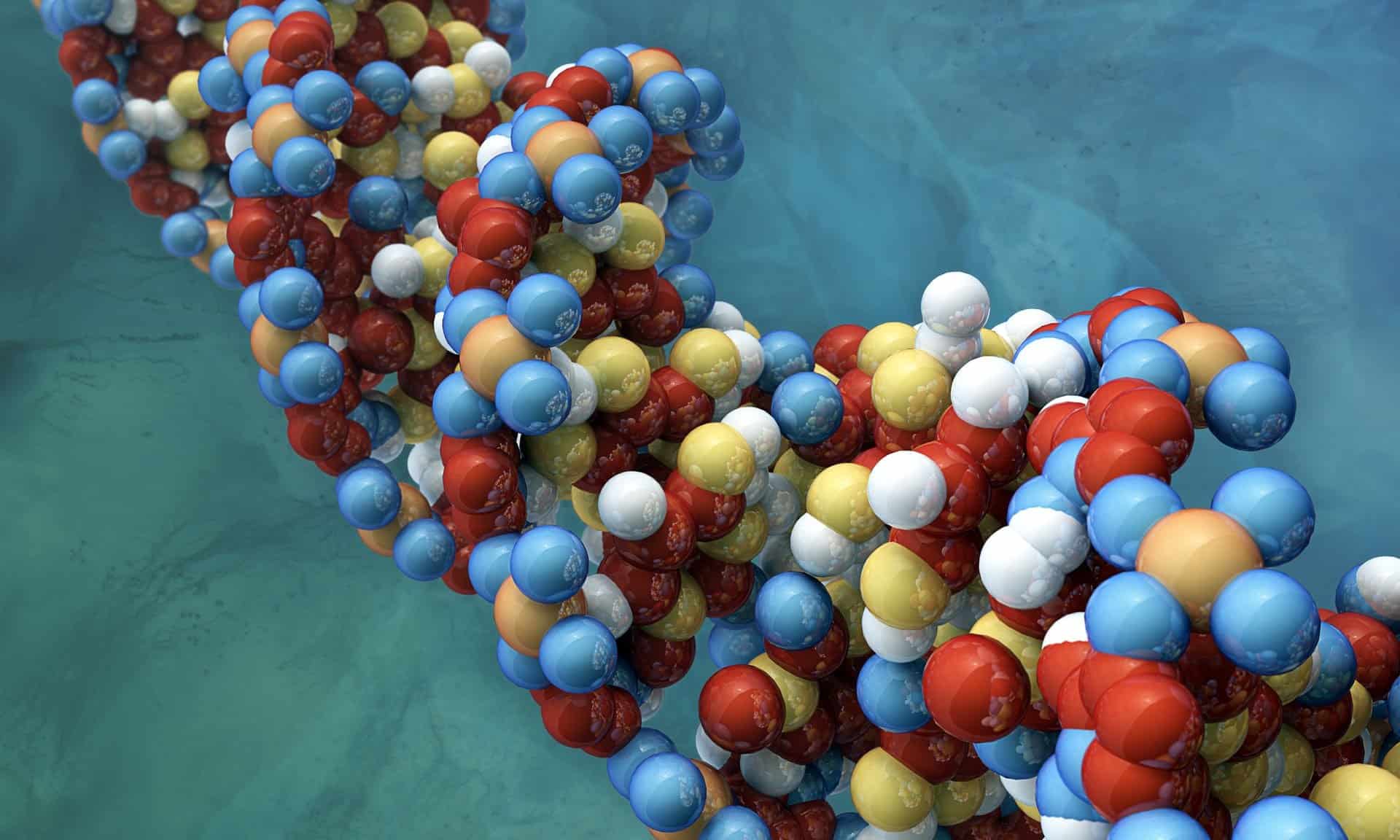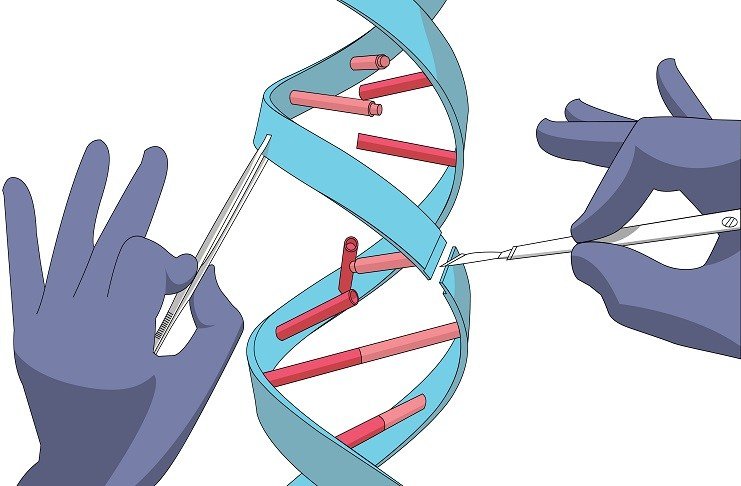Evolved, More Powerful CRISPR Editing Systems Unveiled
Talk about precision gene editing.
Scientists in the U.S. have now unveiled two powerful gene-editing CRISPR tools that can also edit RNA.
One technique, by David Liu of Harvard University and the Broad Institute of MIT and Harvard, offers a highly precise way to fix single-letter mistakes in genes, which are stretches of deoxyribonucleic acid or DNA.
A second, by Broad Institute molecular biologist Feng Zhang, focuses on editing ribonucleic acid or RNA, which carries the genetic instructions to make proteins, without altering DNA.
They are dubbed REPAIR and ABE- what they lack in whimsy they promise to make up in utility. Together, the discoveries, described in separate studies, show that five years after scientists demonstrated that CRISPR can edit DNA, bioengineers are still racing to develop the most efficient, precise, versatile — and therefore lucrative — genome-editing tools possible.
Most genetic diseases are caused because of single-letter misspellings in DNA. A quick review. The blueprints of living things are written in DNA in a code of chemical base pairs: guanine (G), cytosine (C), adenine (A), and thymine (T). Because G pairs with C and A pairs with T, a DNA molecule can be split like
a zipper, and two copies of it are created. But sometimes, a letter gets switched. In fact, half of harmful human single-letter genetic mutations involve G getting switched with A or T with C.“I hope these complementary technologies will together enable a broad suite of research and therapeutic applications,” said David Liu, professor of chemical biology at Harvard, who led the DNA base editing team. “For some situations where transient editing is desirable, such as acute inflammation, RNA editing may be ideal,” Prof Liu said. “For other applications, such as genetic disease, you’d want to make a one-time change in the genome through DNA base editing.”
In a paper published in September, researchers at Sun Yat-sen University in China described using that system to correct a faulty gene that causes the blood disorder called beta-thalassemia in human embryos.
The group’s first base editing tool, which had the effect of converting a C to a T, has the potential to correct 14 percent of human diseases associated with a single-letter mutation. The new tool will allow researchers to address an additional 48 percent of these types of diseases.
The type of mistake that can be targeted by the new base editor is “by far, the most common kind” in people “and probably all living systems,” Liu said.

The team’s new base editor can fix these genetic errors by rearranging the atoms in a single faulty A and turning it into an I. The editor can also alter the T that was paired with the original A in the double-stranded helix of DNA and turn it into a C, Liu said.
Like the previously described base editing system, the new editor relies on the CRISPR-Cas9 complex to locate a specific sequence of bases within a genome and bond to it. Normally, CRISPR-Cas9 would then make a double cut in the DNA and either insert or delete genetic information, but Liu’s group uses a crippled form of CRISPR that can’t make a cut.
Instead, it pulls the DNA strand away from its partner, allowing an enzyme attached to the CRISPR system to change the base at the target site.
Although Liu and his lab partners had successfully engineered one base editor before publishing their most recent work, they faced fresh challenges when they set about creating an editor that could alter an adenine.
In previous work, the team took gene-editing tools found in nature and then synthesized them to create a targeted single base editor.
Unfortunately, nature doesn’t make an enzyme that can convert an A to an I in DNA. That meant they had to evolve one in the lab.
“We have an 18-year rule in our laboratory, unbroken until now, that it is unwise to embark on a project in which the first step requires the evolution of the starting material for steps 2 to 20,” Liu said. “But in this case, we thought the potential usefulness of an adenine base editor was worth the risk.”
It’s not perfect, but it’s a vast improvement over other methods currently in use to address point mutations.
The second technique makes it possible to edit a whole other species of genetic chemical: RNA. It’s possible that life started as RNA, and some viruses, like HIV, use the chemical as their genetic material. But in most living things, it’s a messenger, which ferries the genetic recipes encoded in DNA to organs in cells that use them to cook up proteins.

Researchers working in the lab of Feng Zhang were looking for a way to use CRISPR in cells in the brain, which don’t divide and therefore can’t be edited just by making cuts and waiting for the cell to fix the damage during replication. Why not look at RNA? Working with Eugene Koonin at the National Institutes of Health, they found a CRISPR enzyme called Cas13. “It’s normally a protein that recognizes RNA and destroys RNA by cutting RNA,” says Zhang. (Bacteria use CRISPR enzymes to cut and destroy viruses.)
The paper shows that editing of the RNA with CRISPR is possible. But outside researchers said they were not sure if the technique would prove useful.
“The DNA editing paper is indeed interesting because it expands the kinds of targeted changes that can be made in DNA without introducing breaks,” said Jennifer Doudna, a UC Berkeley professor who is widely credited with co-discovering CRISPR. (She and Zhang are generally seen as competitors.) “Challenges to practical use in the clinic or in agriculture include delivery (the editing enzyme is very large) and precision since edits occur at sites neighboring the desired position. As for the RNA editing paper, I can’t think of an application given the modest/incomplete levels of editing and the limited type of editing reported. It would be preferable to simply edit the DNA.”
Both REPAIR and ABE might venture where CRISPR stumbles: in mature cells, like neurons, that don’t divide. In unpublished research, Liu said, he and his team have shown that ABE can edit genes in neurons, raising the possibility of treating devastating neurological diseases with ABE.
The furious race to improve CRISPR, via ABE or REPAIR or whatever comes next, are potent reminders of how far CRISPR is from precise genome-editing in humans.































